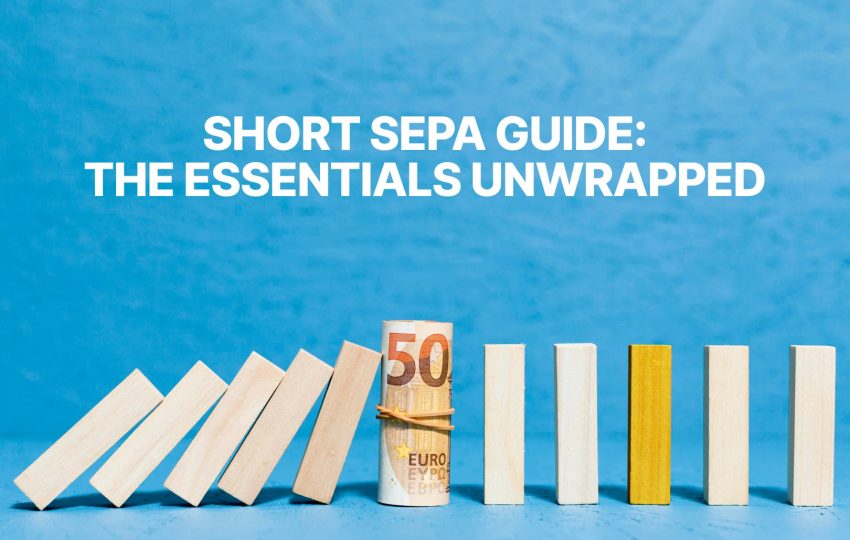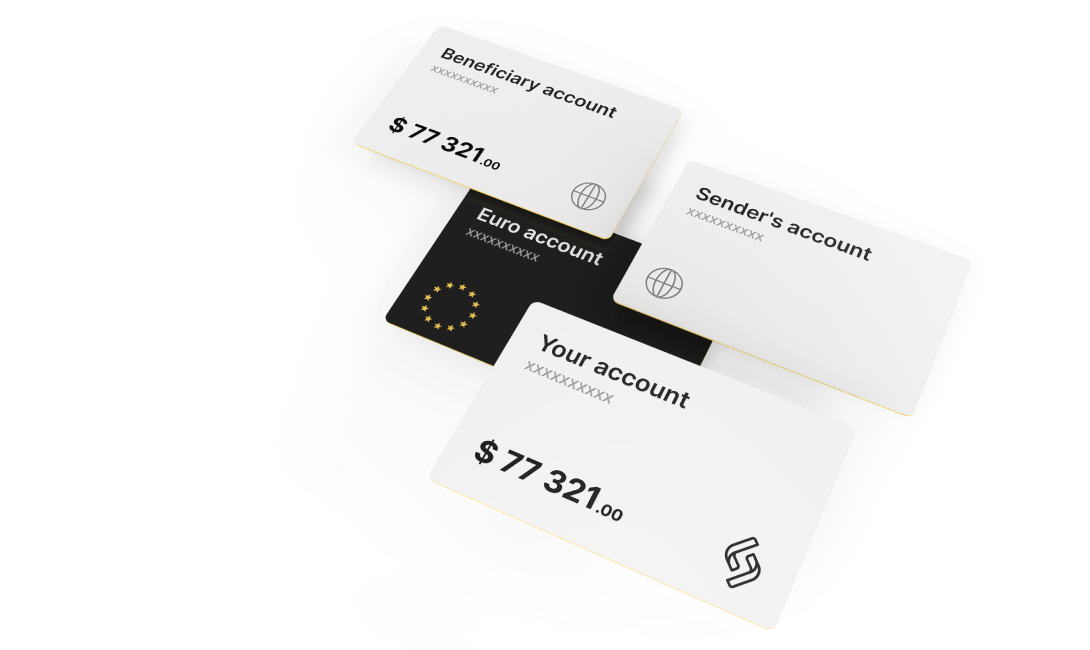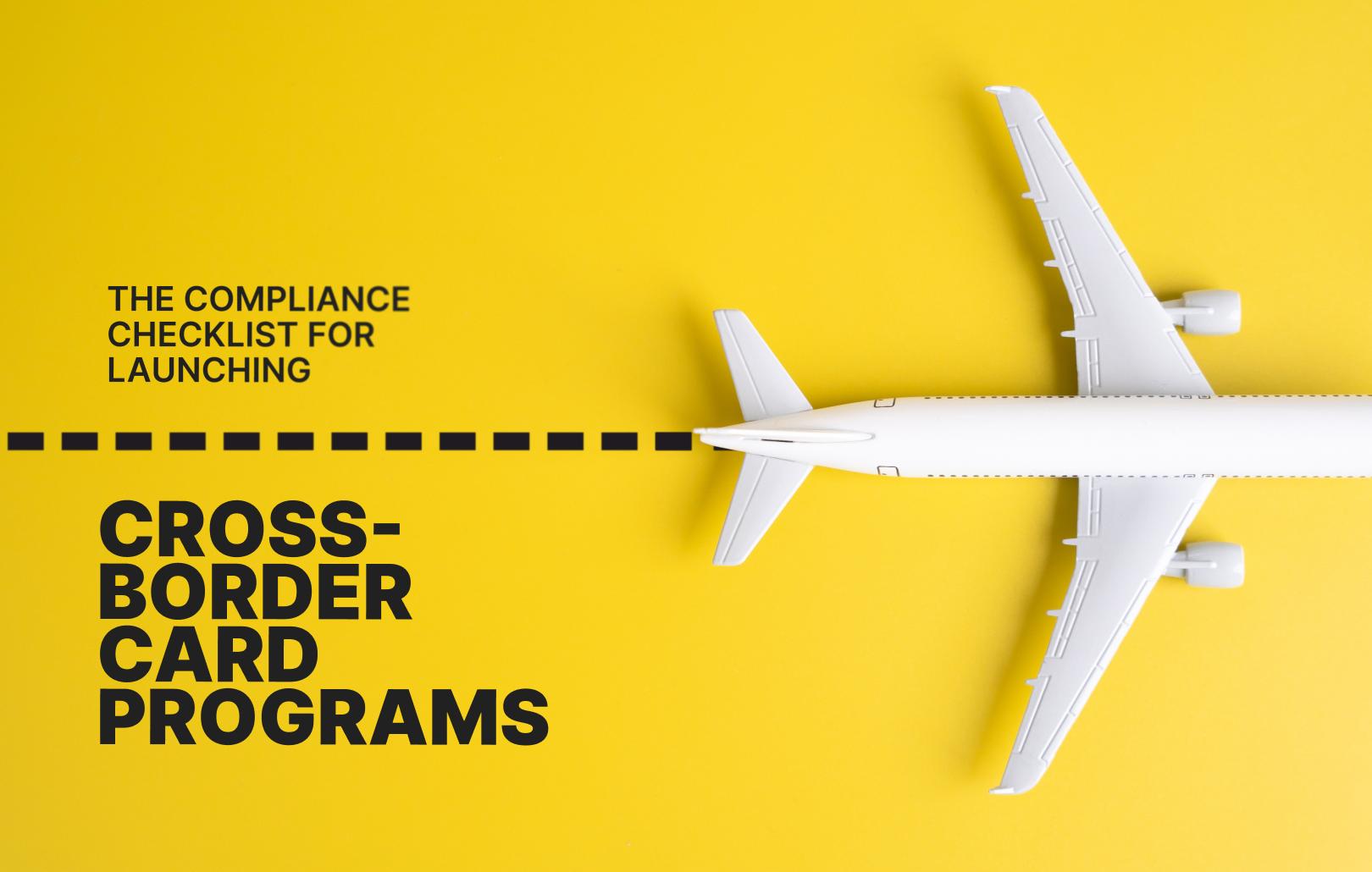Short SEPA guide:
The essentials unwrapped

What is SEPA?
The Single Euro Payments Area, commonly referred to as SEPA, is Europe’s answer to seamless transactions. This payment integration initiative simplifies the execution of transfers in euro—the only available currency in the system—while boosting speed and maximizing cost efficiency.
Which countries are part of SEPA?
SEPA covers 36 countries from both the EU and the EEA.
The area spans across 27 EU member states, including Austria, Belgium, Bulgaria, Croatia, Cyprus, Czech Republic, Denmark, Estonia, Finland, France, Germany, Greece, Hungary, Ireland, Italy, Latvia, Lithuania, Luxembourg, Malta, Netherlands, Poland, Portugal, Romania, Slovakia, Slovenia, Spain, and Sweden.
Additionally, SEPA extends its reach to countries outside the EU, such as Andorra, Iceland, Liechtenstein, Monaco, Norway, San Marino, Switzerland, the United Kingdom, and the Vatican City State, providing a comprehensive network for efficient euro payments.
SEPA and the UK
Despite Brexit, the UK has retained its SEPA membership.
Thanks to this integration, anyone in Europe can effortlessly transfer euros to a UK bank account using the SEPA system. Best of all, such transactions bypass currency exchange and any relevant commissions.
Euro accounts in the UK come with IBANs that are no different from the ones issued in Europe, making international transfers fast and smooth.
For more helpful information, please visit our FAQ page or our blog.






